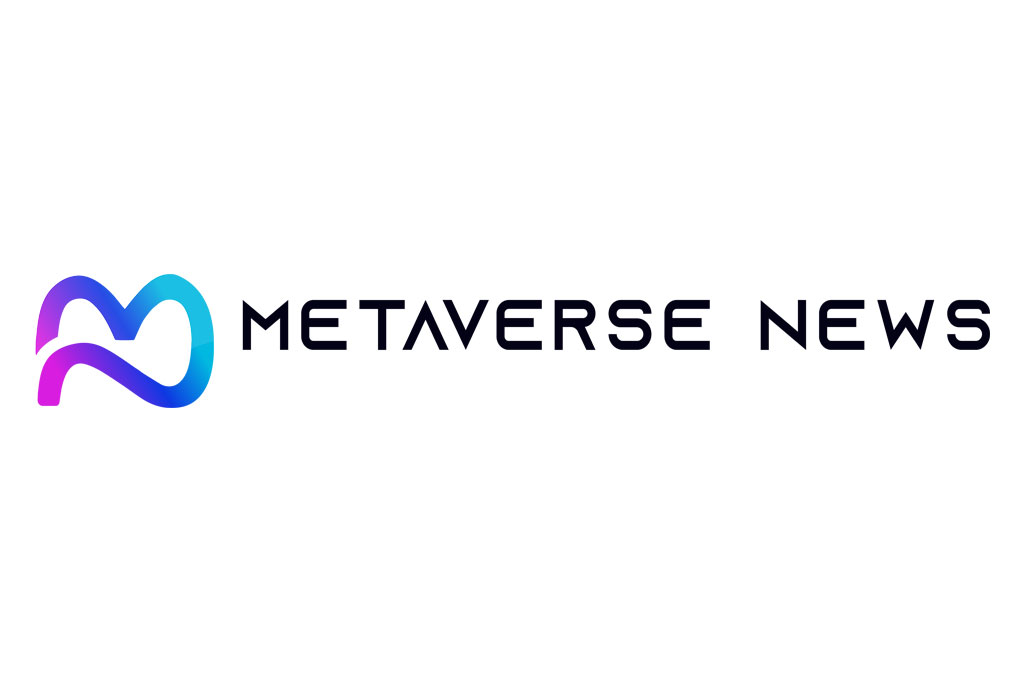
Choosing a programming language is a fundamental decision when embarking on an Artificial Intelligence (AI) project. The right choice can vary based on a number of factors, including the specific characteristics of the language, the experience of the development team, and the particular requirements of the project.
Before delving into the specific programming languages used in Artificial Intelligence, it’s essential to understand the key features that make a language suitable for this field:
- Library and framework support: One of the most critical factors in choosing a programming language for AI is the availability of relevant libraries and frameworks. These greatly simplify the development process by offering a plethora of predefined functions and methods that can be employed for AI tasks, such as machine learning, natural language processing, computer vision, among others.
- Flexibility: AI often involves working with different data types and structures and may require a variety of approaches and methods. Thus, a suitable AI programming language should be flexible and capable of addressing these needs.
- Performance: AI often demands extensive calculations and might involve large datasets. Therefore, a programming language used for AI should be efficient and deliver good performance.
- Parallelism and concurrency: Given the nature of calculations in AI, especially in deep learning, a programming language must handle parallel and concurrent operations.
- Portability: In many cases, AI code must run on various platforms and operating systems. Hence, a suitable AI programming language should be portable.
- Interoperability: The ability to interface with other programming languages and systems is also essential, as it’s often necessary to integrate AI into existing systems or use multiple languages in a project.
- Ease of learning and use: Given AI’s intricate nature, it’s beneficial if the programming language is easy to learn and use. This allows developers to focus more on the AI task rather than wrestling with the language’s complexity.
- Community support and learning resources: An active community and abundant learning resources are invaluable for problem-solving and learning new techniques.
The most popular languages for AI include:
Python
A high-level programming language known for its simplicity and readability, making it easy to learn and use.
Use cases: Widely used in machine learning, natural language processing, and other AI areas.
Advantages: Strong support for integration with other technologies and efficient at handling various data structures. It boasts a range of libraries and frameworks like TensorFlow, PyTorch, Keras, and Scikit-learn.
Disadvantages: While Python is efficient, it might not be the fastest for certain computation-intensive tasks.
AI Applications: Many AI applications, including Netflix’s recommendation systems, Google’s voice recognition services, and AI systems for games, have been developed in Python.
R
A programming language geared towards statistics and data analysis.
Use cases: Commonly used in data mining and machine learning.
Advantages: R has an extensive set of packages for statistics and graphics, making data visualization and analysis easier.
Disadvantages: Might be less performance-efficient for some tasks compared to other languages.
AI Applications: R has been used in various AI applications, including predictive modeling, time series analysis, and bioinformatics.
Java
An object-oriented programming language that is scalable and versatile.
Use cases: Used in creating large AI systems in enterprise environments.
Advantages: Delivers high performance and can handle large-scale tasks. It has libraries like Weka, Mallet, DJL, and DL4J for AI development.
Disadvantages: Might be more complex compared to other languages.
AI Applications: Java has been used in several AI applications, including Amazon’s recommendation engine and Google’s online advertising platform.
C++
A low-level programming language providing high system control.
Use cases: Used in AI applications where performance is critical.
Advantages: Delivers very high performance and has libraries like TensorFlow and Torch.
Disadvantages: The language’s complexity can be challenging for beginners.
AI Applications: C++ has been employed in AI applications like Google’s search engines and facial recognition systems.
JavaScript
A programming language widely used in web development.
Use cases: Used for AI on the client or server side with libraries like TensorFlow.js.
Advantages: JavaScript’s ubiquity on the web and its growing AI ecosystem are strengths.
Disadvantages: Not as performance-efficient as some other languages and might have limitations handling large datasets.
AI Applications: JavaScript has been employed in AI applications like chatbots and virtual assistants.
Less Popular Languages
Lisp and Prolog are programming languages that have been used in AI since its inception. They’ve been employed in various AI applications, but their usage today is limited. They lack the wide range of libraries and frameworks available in modern languages and have smaller communities.
Julia is a high-level, high-performance programming language designed for technical computing. Used in computation-intensive tasks, as might be required in AI. While powerful and as user-friendly as Python and R, and as fast as C++, it isn’t as popular and doesn’t have as many available libraries.
The choice of a programming language for an AI project will depend on a combination of factors, including the project’s specific requirements, the development team’s skills and experience, and the language’s features and capabilities. While some languages might be more popular or have certain advantages in terms of ease of use or library support, the best choice will be the one that best fits the project’s specific needs.





